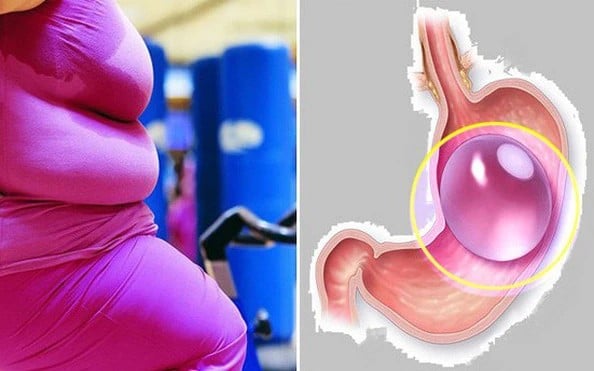A woman in Brazil has died after undergoing a procedure to insert an inflatable balloon into her stomach to lose weight before her wedding day.
 |
About four months before her wedding, Laura Fernández Costa, 31, from Brazil, was desperate to lose 6kg before the big day, so she opted for an inflatable balloon to help her lose weight. However, that dream ended in tragedy.
Accordingly, the doctor will perform a procedure to insert a silicone bag filled with saline into the patient's stomach. The balloon occupies part of the stomach, creating a feeling of fullness, thereby reducing the amount of food consumed daily, helping the patient lose weight.
Laura had surgery at a clinic in Belo Horizonte, Brazil, on April 26. According to family members, the next day, Laura started vomiting blood.
On May 1, Laura went to another clinic to have her gastric balloon removed. However, she continued to experience severe pain and was hospitalized on May 6. During emergency surgery, doctors discovered that her stomach had perforated, leading to a serious infection. She died on May 7.
Matheus Turchete, Laura's fiancé, said: "Laura really didn't need surgery. She wasn't obese, she was a healthy person. Laura weighed 70kg but she wanted to have a princess body on her wedding day and she finally made that decision." Laura and Matheus were due to marry on September 7. Police are currently investigating the cause of Laura's death.
The procedure of placing the balloon for obesity treatment is performed in several steps. First, the doctor performs an esophagogastroduodenoscopy on the patient to ensure there are no lesions before placing the balloon. They slowly insert the balloon system through the esophagus into the stomach. Pump a saline solution into the balloon through a three-way valve.
This procedure is indicated for the treatment of obesity in people who do not respond to other weight loss methods. Groups that should have gastric balloon placement include obese cases with a body mass index (BMI) above 40, BMI 30-39 with obesity-related diseases.
Groups that should not have a gastric balloon inserted include those undergoing weight loss treatment for cosmetic reasons; BMI under 30; those with a history of gastric surgery or gastrointestinal diseases (esophagitis, gastric or duodenal ulcers, etc.); those with neurological and psychiatric symptoms (severe psychological disorders, alcoholism, drug addiction); those using aspirin, anticoagulants, or stomach irritants; those who are pregnant or breastfeeding.
People with gastric balloons may face intestinal obstruction due to insufficient balloon inflation, balloon leakage, and loss of tension causing the balloon to move into the small intestine. They may also suffer damage to the digestive tract due to improper placement of the balloon, causing bleeding and perforation.
Patients may experience nausea, abdominal heaviness, abdominal pain, frequent or cyclical back pain, reflux, and stomach ulcers. Some people may experience inflammation, infection, fever, cramps, and diarrhea due to infection that may come from the fluid leaking from the bladder. In rare cases, patients may experience cardiac arrest or respiratory arrest.
Source: https://baoquocte.vn/co-gai-tu-vong-vi-dat-bong-hoi-vao-da-day-de-giam-can-truoc-ngay-cuoi-272446.html































































































![[Infographic] In 2025, 47 products will achieve national OCOP](https://vphoto.vietnam.vn/thumb/402x226/vietnam/resource/IMAGE/2025/7/16/5d672398b0744db3ab920e05db8e5b7d)







Comment (0)